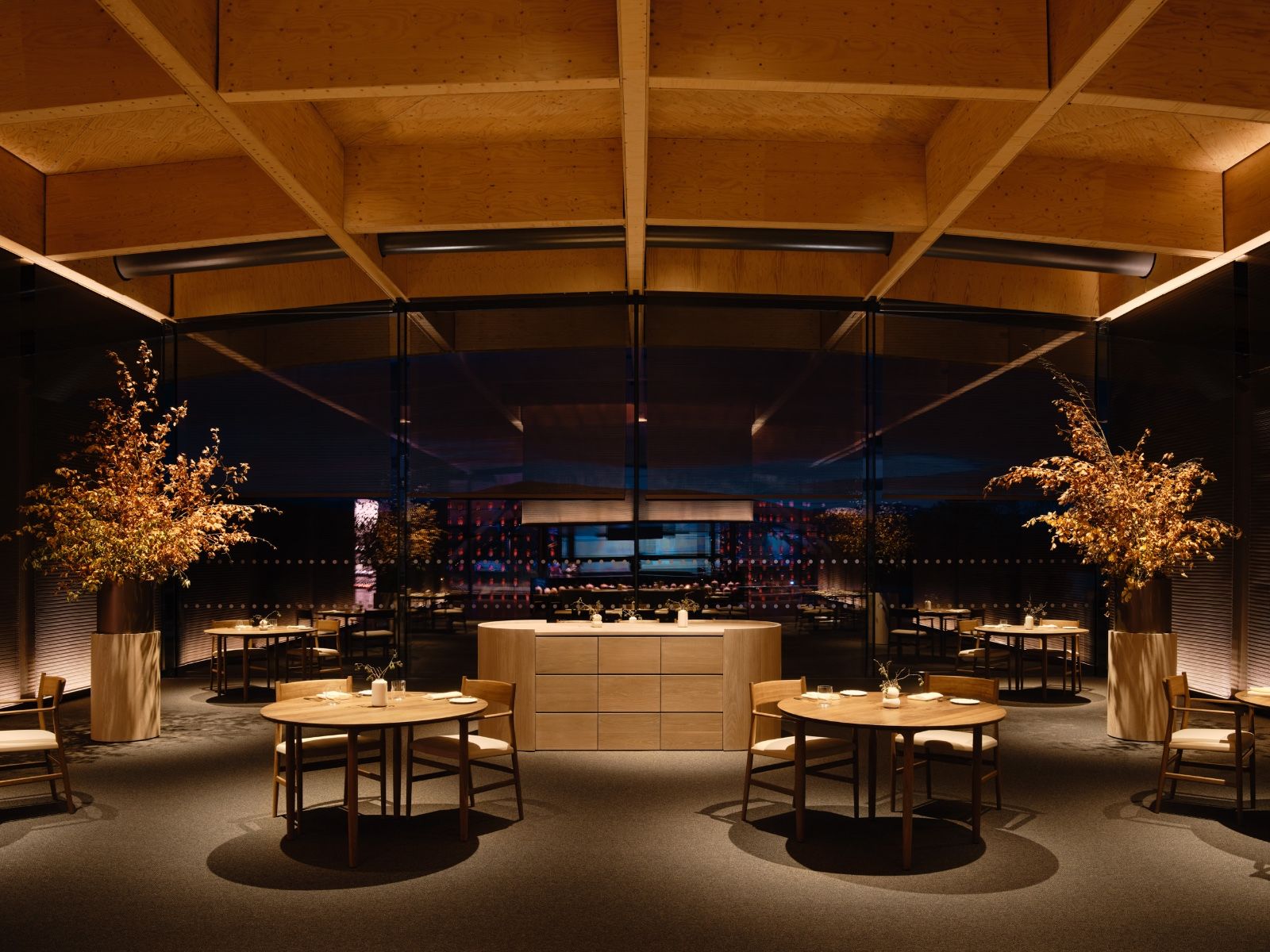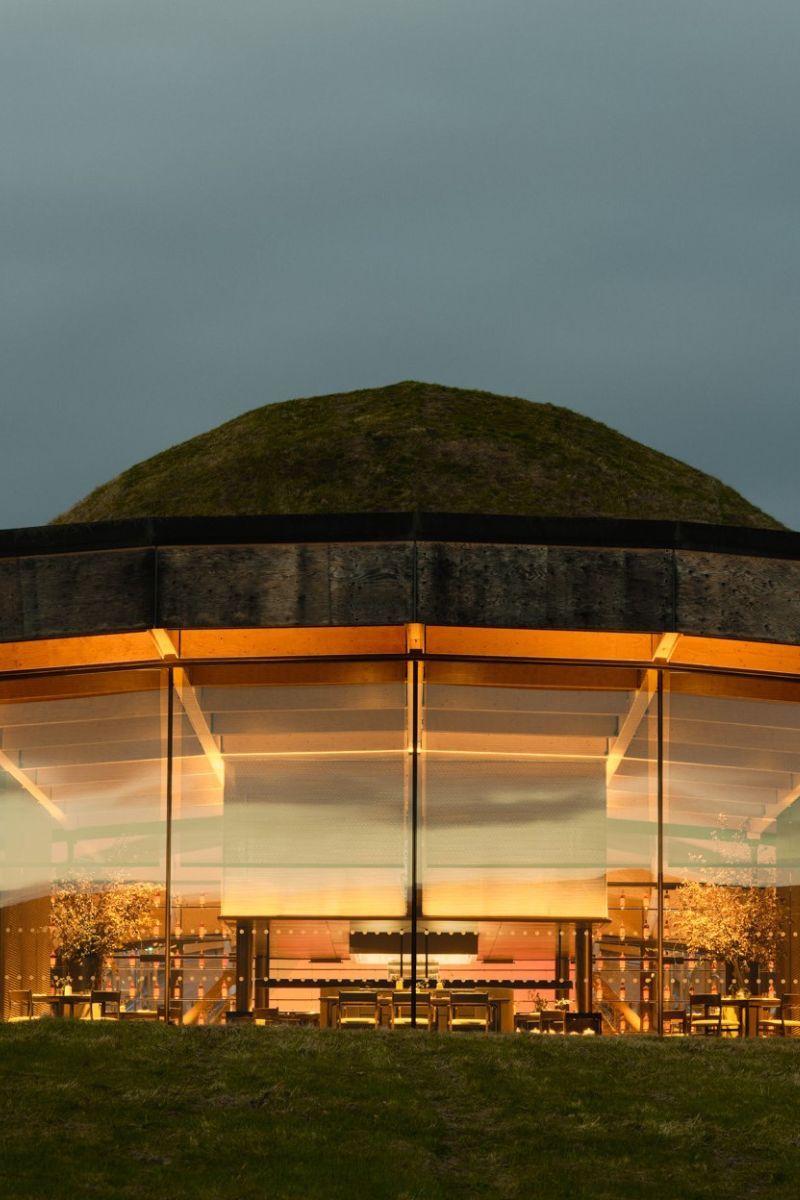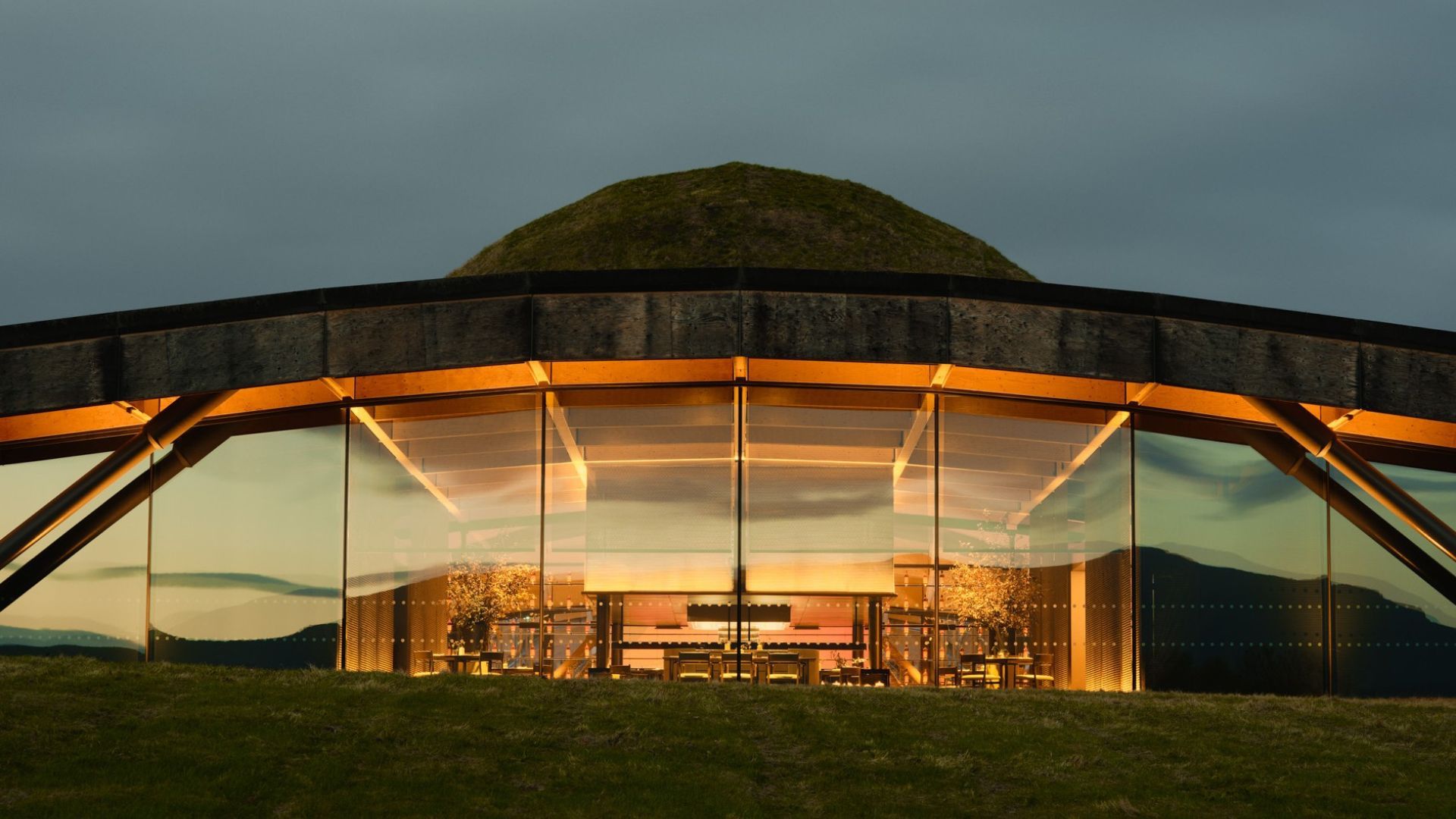It still sounds faintly absurd when you hear that almost two-thirds of India’s alcohol consumption is whisky. Walk into any of the bars in the 30BestBarsIndia’s list in Mumbai, Bengaluru or Goa, and most of the younger crowd are sipping gin, tequila, rum or flowery cocktails. Whisky lingers on the menu like a dignified elder at a Gen Z party.
But trends come and go. India’s gin revolution, built on a wave of local botanicals and hundreds of homegrown labels, is fading. Tequila remains the darling of the high end, but its footprint is barely visible in a country this vast. Rum flirted with a comeback, then slipped quietly into nostalgia.
So where does that leave whisky?
If you ask the people at The Macallan, it is right where it has always belonged: at the top. The Macallan is betting that India’s new generation will eventually graduate to whisky and not just any whisky, but fine single malts of depth and precision.
Last week, I spent forty-eight hours in Speyside, Scotland, on the 485-acre Macallan Estate, one of the most storied addresses in whisky-making. The visit was a behind-the-scenes look at how craftsmanship, tradition and environment come together in Speyside.

Once you enter whisky country, The Macallan does not merely stand out; it dominates. The estate stretches beside the River Spey through barley fields and heather-covered slopes, with the historic Easter Elchies House, a three-hundred-year-old manor that appears on every bottle’s label, at its centre. “We have been legally making whisky for 201 years,” said Rachel Walters, who leads operations at the estate, “but our roots here go back more than three centuries.”
The new distillery and visitor complex, completed in 2018 after six years of construction, sits lightly in the landscape, its grass-topped roof echoing the surrounding hills. From a distance, it looks almost organic, yet inside lies a cathedral of copper and glass. The stills catch the soft light from tall windows, and the air is warm with malt and sherry oak.
The Macallan remains one of the few distilleries that controls every part of its process. From sourcing European oak in Jerez for its sherry casks to managing barley, spirit and bottling, every stage is integrated. It’s a level of control rare even in Speyside, where well-known brands like Glenfiddich, The Balvenie and others still rely on external partners for parts of the process.
Yet even with such control, production cannot escape nature’s constraints. In recent years, fluctuating river flows and heatwaves across Speyside have forced several distilleries to pause operations during seasonal droughts. And while I was there, Macallan’s stills too were temporarily quiet, a reminder that water remains whisky’s most fragile ingredient.

Though silent, those copper stills filled the room, their compact shape and broad necks giving the whisky its distinctive weight and silky texture. As we walked through the distillery, whisky maker Diane Stuart explained, “Shorter stills with small, broad necks promote heavier reflux. You condense richer, oilier spirits. That is the classic Macallan style.”
Even the wood is part of that identity. The distillery invests years ahead in sherry-seasoned casks, a costly program that shapes the whisky’s character. “Sherry casks are seasoned at lower strength and behave very differently from bourbon wood,” Stuart told me. “That is what gives Macallan its layers of raisin, spice and Christmas-cake depth.”
Yet beyond the spirit itself, what makes the brand unusual is its willingness to engage with other worlds of creativity such as art, design, performance and gastronomy.
One of its most visible partnerships is with Bentley Motors. A third-generation whisky maker drove us around the estate in a Bentley Bentayga finished in Macallan tones. The collaboration produced The Macallan Horizon, a limited-edition horizontal bottle; 700 were made, priced around 40,000 pounds (about Rs. 48 lakh), and they sold out quickly.
Other collaborations have been equally bold. The brand staged a Cirque du Soleil show on the estate last year, which transformed a warehouse into an immersive space of light and sound. “Our collaborations are never short-term,” explained Ruth Wyllie, The Macallan’s Head of Experiential. “We take time to find the right fit, and sometimes the right fit finds us.”
The most ambitious partnership sits at the heart of the estate. Time Spirit, a new restaurant created with the legendary brothers Joan, Josep and Jordi Roca of El Celler de Can Roca in Girona, brings together haute cuisine and fine whisky.
The Rocas run one of the world’s most famous kitchens, holding three Michelin stars and twice topping the World’s 50 Best list. Their relationship with The Macallan began over a decade ago with a series of experiments pairing food with whisky, and has since evolved into a permanent dining room. “The time it takes to create whisky and the time it takes to create a dish share the same philosophy,” said Wyllie.
Time Spirit occupies the second floor of the distillery, with glass walls overlooking the Speyside hills. The room is dressed in natural wood and deep amber tones. The lighting is soft, and at one end, a glowing wine cellar displays Spanish classics alongside Macallan expressions from multiple decades.

“This is our first and only restaurant outside Spain,” Joan Roca told me as I sat down for dinner. “We have had offers from around the world, but only this one felt right. It is not just a restaurant. It is a story we are telling together.”
The meal unfolded as a nineteen-course journey that moved from Scottish shellfish and barley to Catalan sweets, paired not only with different Macallan expressions but also with Spanish wines from Jerez and Rioja. Having eaten at El Celler de Can Roca several times, I can say Time Spirit lives up to the Rocas’ reputation for precision, imagination and deliciousness.
Roca described the process of creating the restaurant as an exchange of language rather than a transplant of style. “We did not want to recreate Girona in Speyside,” he said. “We wanted something honest, something born of this land. The people, the air, the produce, the whisky, it had to belong here.”
When I asked what connects whisky-making and cooking, his answer was quiet and certain. “Both are about patience and memory,” he said. “You build on what came before, you add your time to it, and you leave something that lasts.”
That is perhaps what Time Spirit achieves most gracefully. It captures a moment where two worlds, one liquid and one culinary, meet in a shared language of craft. The result feels both inevitable and completely new.
Could Time Spirit become the first restaurant in the world to earn a Michelin star inside a whisky distillery? Only time will tell, but it seems entirely possible.
And as The Macallan turns its gaze toward India, where whisky has never truly lost its allure, a generation that once flirted with novelty spirits might soon rediscover what their grandparents knew all along, that some things, when made with care, never go out of style.






